Table of Contents
Introduction to Best Studio Headphones for Mixing and Mastering
Best Studio Headphones for Mixing and other recording devices are necessary for mixing and mastering music production. They give a true representation of sound and producers and mix engineers can feel sure they are making the right music-related choice. In the article, we are looking at studio headphones, which are deemed the best for mixing and mastering purposes.
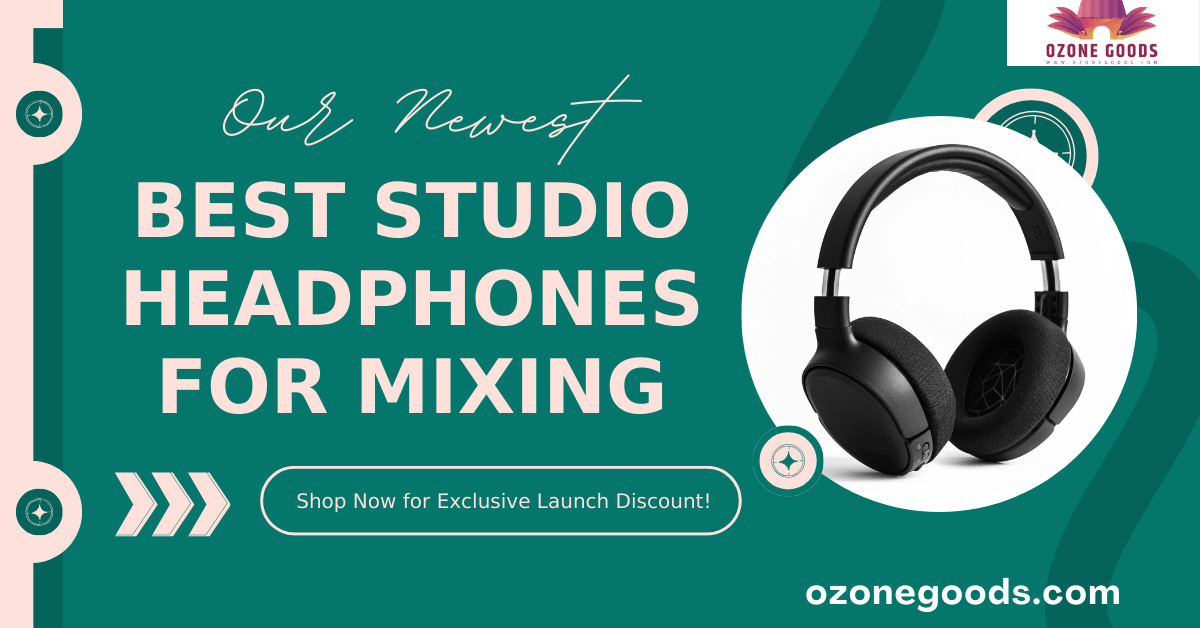
Importance of High-Quality Studio Headphones
High-standard audio output is needed for perfect music mixing and mastering results comparable to high-quality studio headphones. They are selective in pitch ranges, giving the engineers an exact sound within the same frequency spectrum, and the imperfections can be identified and corrected. Moreover, studio headphones assist in isolating audio that not only makes the producers listen to the music without noise distraction, but also clears the surrounding noise.
Factors to Consider When Choosing Best Studio Headphones for Mixing
Sound Quality
Undoubtedly, sound quality is the most important option to consider if you have to buy Best Studio Headphones for Mixing. While searching, look for headphones that have a flat frequency response, these will not change the sound but will reproduce it precisely without coloring it.
Comfort and Durability
Audio production sessions are long; feel comfortable, therefore, while picking the Best Studio Headphones for Mixing. To avoid environmental irritation, such as wind or rain, and nagging pain from low cushioned ear cups, look for plush ear cushions and adjustable around-ear fit. Another significant element is the durability issue, should you use the headphones in a professional studio with heavy use.
Closed-back vs. Open-back Design
In field recording, tracking, and recording jogs, closed back gives better isolation from external noise and is thus the best choice. However, in contrast, open-back headphones provide a more neutral soundstage; hence, they use audio mixing by engineers on charts.
Frequency Response and Impedance
When choosing Best Studio Headphones for Mixing, such as monitor ones, you should remember frequency response and impedance, as these parameters determine the sound quality and performance level. Select headphones with a large frequency response and low bluntness for more accurate sound.
Top 5 and Best Studio Headphones for Mixing and Mastering
Sennheiser HD 650:
Sound Quality: Exceptional sound quality with an active bandwidth of 10 Hz to 39.5kHz.
Impedance: A passive 300-ohm resistance, the desirable low impedance for tracking, mixing, and mastering.
Design: An open-back design will improve your soundstage and the spatial resolution.
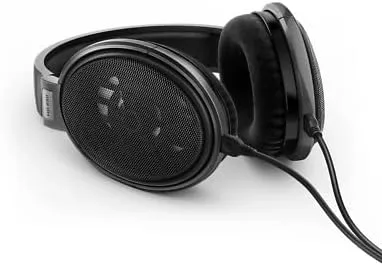
Comfort: Provide leathery earpads and a controllable headband for listening to longer music.
Durability: Hurts to crash to face this construction; long-lasting life and reliability are ensured.
Application: Absolutely fitting for critical listening during professional studio operations for mixing and mastering purposes.
Beyerdynamic DT 990 Pro:
Sound Reproduction: Innate sound reproduction characteristics are constant from low to higher frequencies.
Frequency Response: 5Hz to 35kHz to suffice the more comprehensive audio tracking requirement.
Impedance: 250 ohms is a strategic factor aiding critical and high-quality listening.
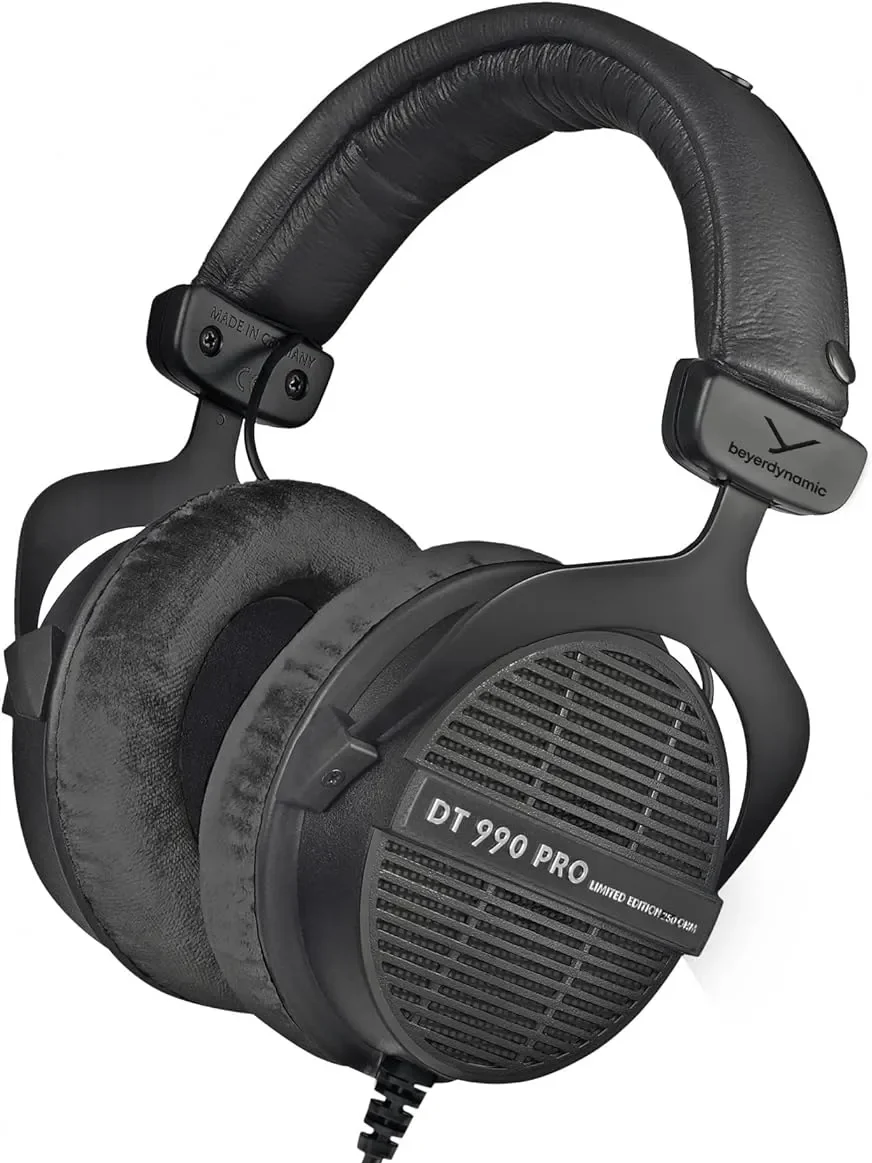
Open-back Design: Provides stereo panoramic soundstage for correct sound illusion. Creating positive working environments where employees feel supported and enthused is essential to boosting job satisfaction and retaining talent.
Comfort: It is built with a lightweight feature and luxurious ear cushions, ensuring comfortable long-term usage of the headphones.
Versatility: It is perfect for critical listening, mixing, and mastering.
Audio-Technica ATH-M50x:
Versatility: Headphones can be worn in multiple ways for audio production sessions.
Frequency Response: Of 5-28000Hz is called for maintaining proper sound reproduction.
Single-ear Monitoring: The headphones with rotating earcups keep one ear open for the listening and monitoring process during the mixing and mastering process.
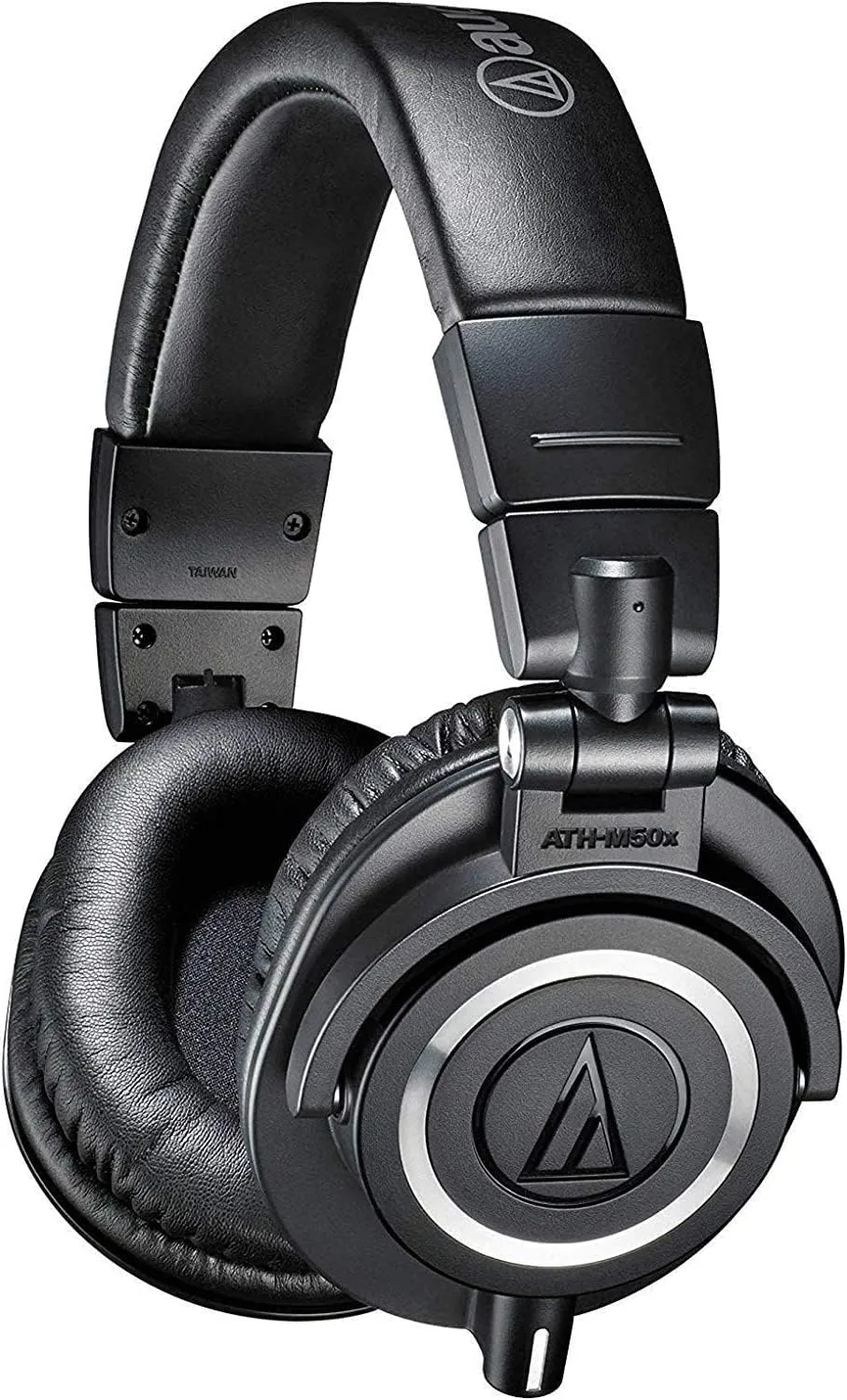
Comfort: The BCM headphones offer a comfortable fit and are designed for extended studio sessions.
Durability: Strong structural construction increases industrial and professional setting life span.
Sound Quality: Recording sound accurately is a crucial skill to handle acoustic spaces of different music genres.
Sony MDR-7506:
Accurate Sound Reproduction: Illustrated in closed-back design with 10 – 20,000Hz of a frequency response.
Minimal Distortion: Particular careful audio representation with hardly any warping.
Isolation: The sealed design ensures the super rubbing of background noise.

Durability: Designed for startlingly sturdy entertainment studio needs.
Comfort: The lightweight design, padded ear cups, and over-the-ear form make ComFit Shinbots ideal for long use.
Versatility: Configured for monitoring, cue mix, and output control.
AKG K240 Studio:
Semi-open Design: Space Can Be Blended onto the Headphones for Good Mixing and a Mastering Condition.
Frequency Response: On the other hand, 15 to 25kHz frequency, delivers intricate audio nuances.
Comfort: The headband fits tightly to the head, and the earpad mount can be replaced to provide comfort during all-day sessions.
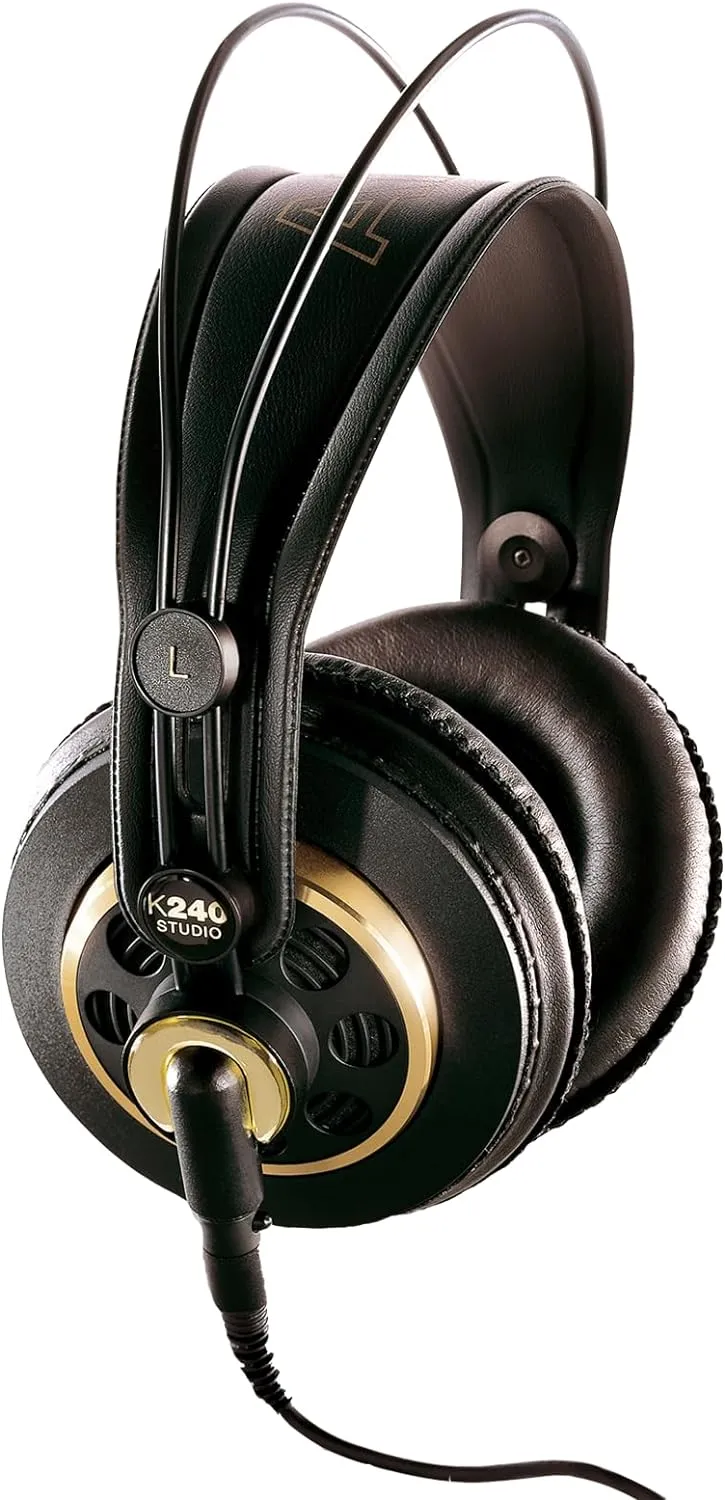
Durability: Created with studio usage in mind, these woofers will surely rock your mind away.
Sound Quality: Balanced sound character with good publicizing and accurate spatialization.
Versatility: Universal Music can be combined with any music style and art production method.
In-depth Review of Each Headphone Model
To provide readers with comprehensive information, let’s delve deeper into the features and performance of each headphone model mentioned above.
Comparison Table of Features
| Headphone Model | Frequency Response | Impedance | Design | Price |
|---|---|---|---|---|
| Sennheiser HD 650 | 10Hz – 39.5kHz | 300 ohms | Open-back | $$$ |
| Beyerdynamic DT 990 Pro | 5Hz – 35kHz | 250 ohms | Open-back | $$ |
| Audio-Technica ATH-M50x | 15Hz – 28kHz | 38 ohms | Closed-back | $$ |
| Sony MDR-7506 | 10Hz – 20kHz | 63 ohms | Closed-back | $ |
| AKG K240 Studio | 15Hz – 25kHz | 55 ohms | Semi-open | $ |
Tips and recommendations for how to use studio headphones properly
- Tips and recommendations for how to use studio headphones properly
- Try not to exceed stays at a medium volume level to avoid ear tiredness.
- Ensure to break your studio sessions into smaller intervals. This helps in establishing a working routine where you take short rests in between extended sessions to rest your ears.
- Play with various headphone placements and the EQ sliders to reach the desired sound value.
- Consider purchasing a Studio headphone amplifier to enhance your studio headphones’ sound quality.
Frequently Asked Questions (FAQs):
Are studio headphones convenient for both professional sound and casual listening?
Along with the studio headphones made for those in the industry, it is interesting to point out that many models still give some of the best sound quality even if they were designed for just casual listening.
Could I use the studio headphones when recording vocals?
Certainly, closed-back headphones are the best option for recording local parts, while they improve engineers’ work by muffling the external noise.
Is a headphone amplifier necessary for the studio headphones or not?
Although not indispensable, a headphone amplifier can contribute more power to studio headphones, better suits to high impedance.
Open-back vs. closed-back: what is the difference between the two?
On the other hand, open-back headphones come with ventilated ear cups, allowing air passage and reproduction of sound similar to a live performance. Open-back headphones have visible speaker grilles with open tips allowing the ear cups to breathe, while closed-back headphones have sealed ear cups that offer great isolation from noise by trapping the sound waves leaving the speaker.
